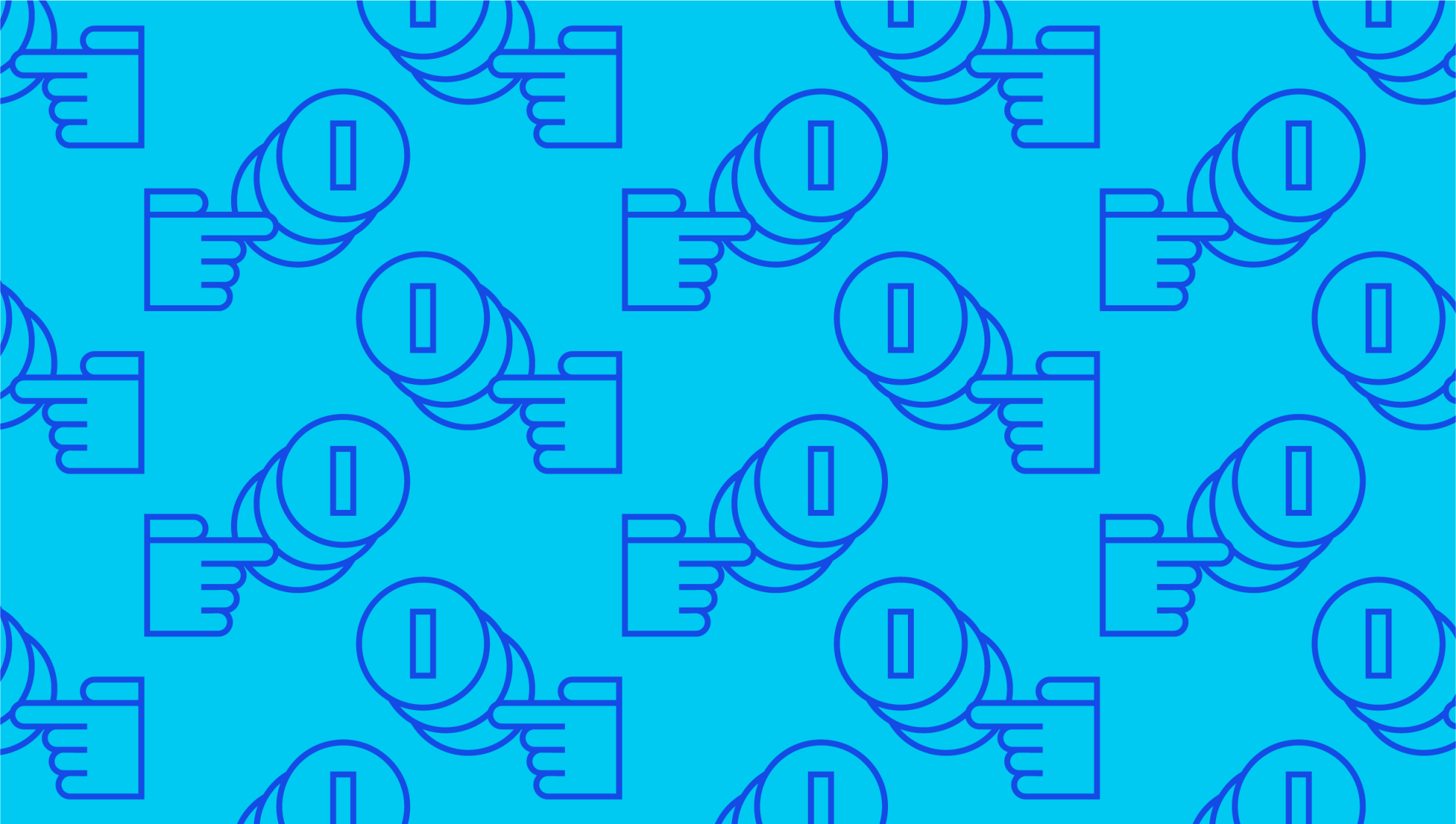
A Guide to Subscription Chargebacks
Last editedFeb 20233 min read
In the US in 1968, the Truth in Lending Act (TLA) was passed which introduced a segment known as the Fair Credit Billing Act that allows consumers to contest credit card payments on their statement. While there are many positive things to come out of the TLA, enabling chargeback fraud was not one of them.
Now, while chargebacks are a relatively uncommon phenomenon, they are something that subscription businesses will need to deal with at one point or another, which is why we’ve put together this guide to explain what’s meant by chargebacks, how they affect subscription businesses and offer up some tips for avoiding them.
What are chargebacks?
Chargebacks, or reversals, occur when a customer disputes a charge with their bank and are reimbursed the funds of their disputed transaction. It’s fairly easy for customers to go to contact their bank to do this. The bank will usually take the customer’s side, give the customer their money back and then recoup the funds from the business that took the customer’s payment. This results in a loss of revenue for merchants.
Sometimes this occurs due to so-called “friendly fraud”, where customers don’t recognize the charges on their account even though they were legitimate purchases. They therefore assume it was somebody using their details, and dispute the charge.
And, if you’re asking yourself can people chargeback a subscription? The answer is yes. Chargebacks affect all kinds of businesses, including ones that use a subscription model.
Why do customers request subscription chargebacks?
One of the main reasons for the success of the subscription model is also the reason it can lead to chargebacks – its convenience.
Customers often sign up to a subscription service, and due to fact payment from then on is automated, it’s easy to forget about. This means customers sometimes don’t recognize a recurring charge on their account and respond by requesting a chargeback.
This is more likely to occur with subscription payments that are taken less frequently, such as annually. By the time the next payment rolls around, it’s often the case that a customer has forgotten all about it. They therefore respond negatively when they see the charge appear on their account and go straight to their bank.
Another reason subscribers request chargebacks is because they forgot to cancel their subscription before the next billing date. Ideally, they would contact a business’s customer service to discuss cancellation and refund options, but often they decide it’s easier to request a chargeback. For this reason, subscription companies often see a rise in chargeback notices around the time of a new billing cycle.
How to prevent chargebacks on subscription billing
Fortunately, there are a number of ways to prevent chargebacks negatively affecting your subscription business. Below are some ideas of how to do that:
1. Have an easy cancellation policy
When a cancellation policy is too complicated and the process too long, customers often decide it’s easier to request a chargeback with their bank. Prevent them doing this by having a clear and easy to understand cancellation policy and procedure.
2. Have good channels of communication with subscribers
Similarly, you want to have a good customer service set-up that allows customers to easily contact you if they have an issue with billing or cancellation. This will avoid customers opting to pursue a chargeback in place of a refund with you directly.
3. Ensure your billing descriptor matches your company name
To help customers recognize the charge on their credit card statement, make sure the billing descriptor matches the name of your company. This will help prevent friendly fraud.
4. Be clear about how your free trial works
Consumers often forget to cancel their free trial before the billing cycle begins. They’ll then be annoyed to see a charge on their account and may pursue a chargeback with their bank. You can prevent this by being very upfront and clear about the dates of the free trial and sending out reminders when it’s coming to an end.
5. Use alternative payment methods
GoCardless offers an innovative, quick and easy solution for businesses to collect subscription payments from customers in the form of the ACH Debit solution. This enables businesses to collect recurring payments directly from their customers' bank accounts. As there are no cards involved, the risk of chargebacks is effectively eliminated.
We can help
GoCardless is a global payments solution that helps you automate payment collection, cutting down on the amount of financial admin your team needs to deal with. Find out how GoCardless can help you with one-off or recurring payments.
